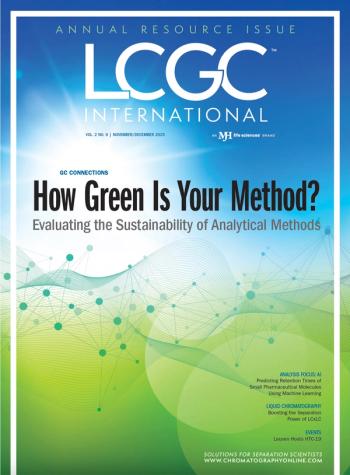
- The Column-07-02-2010
- Volume 6
- Issue 12
Liquorice treats Allsorts
Weikang Bio-Technology Group, a Chinese manufacturer and marketer of traditional Chinese medicines, is launching a new project to research and develop liquorice flavonoids for use in therapeutics. For the study, the company reports that it intends to use supercritical carbon dioxide extraction technology to produce superior quality herbal extracts, column chromatography to isolate and purify compounds and HPLC to separate, identify and quantify compounds based on their idiosyncratic polarities.
Weikang Bio-Technology Group, a Chinese manufacturer and marketer of traditional Chinese medicines, is launching a new project to research and develop liquorice flavonoids for use in therapeutics. For the study, the company reports that it intends to use supercritical carbon dioxide extraction technology to produce superior quality herbal extracts, column chromatography to isolate and purify compounds and HPLC to separate, identify and quantify compounds based on their idiosyncratic polarities.
"We are extremely excited to launch the Liquorice Flavonoid Project which we believe will be one of the premier sources in China for research and development of extracting and use of glycyrrhetinic acid as a therapeutic. Through the use of our state-of-the-art technology we expect to be able to produce high quality therapeutics using this important medicinal compound," said Yin Wang, company chairman and CEO in a statement.
Liquorice contains glycyrrhetinic acid, which, in addition to being widely used as a flavouring agent, the company claims is effective in treating conditions and afflictions such as allergies, hepatitis, inflammation and swelling, including peptic ulcers, hypertension, excessive potassium in the body, skin conditions, viral infections, tumour formation and weight loss.
For more information on the company visit
Articles in this issue
over 15 years ago
Capillary chromatography awardsover 15 years ago
Shoo flyover 15 years ago
Brazilian informatics solutionover 15 years ago
Global Concerns Drive LC Developmentover 15 years ago
Core Valuesover 15 years ago
Welcome to Your New Global EditionNewsletter
Join the global community of analytical scientists who trust LCGC for insights on the latest techniques, trends, and expert solutions in chromatography.



